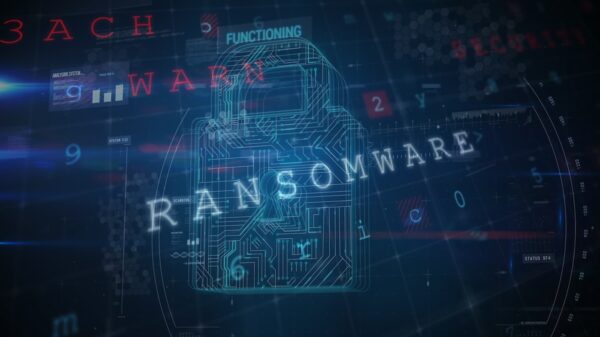Researchers at ESET have spotted what they believe to be the first file-encrypting,TOR-enabled ransomware targeting Google Android phones.
Dubbed Simplocker, the malware scans the SD card for certain file types, encrypts them and then demands a ransom in exchange for decrypting the files. After launching the malware will display a message in Russian warning that the victim’s phone has been locked while files are being encrypted in a separate thread in the background. The message demands payment in Ukrainian money, indicating that region of the world is likely the primary target.
 “The sample we’ve analyzed is in the form of an application called ‘Sex xionix’,” blogged Robert Lipovsky, malware researcher at ESET. “It was not found on the official Google Play and we estimate that its prevalence is very low at this time. Our analysis of the Android/Simplock.A sample revealed that we are most likely dealing with a proof-of-concept or a work in progress – for example, the implementation of the encryption doesn’t come close to “the infamous Cryptolocker” on Windows.”
“The sample we’ve analyzed is in the form of an application called ‘Sex xionix’,” blogged Robert Lipovsky, malware researcher at ESET. “It was not found on the official Google Play and we estimate that its prevalence is very low at this time. Our analysis of the Android/Simplock.A sample revealed that we are most likely dealing with a proof-of-concept or a work in progress – for example, the implementation of the encryption doesn’t come close to “the infamous Cryptolocker” on Windows.”
This is not the first example of cyber-extortionists going mobile. Earlier this year, the ‘Koler’ malware, which is believed to be the brainchild of the malware authors of the Reveton ransomware, was also observed targeting Android users. In that case however, the malware did not actually encrypt files. Instead, it only locked the user’s screen and claimed to encrypt the files as part of a scheme to force users to pay the $300 ransom.
In the case of Simplocker, the malware orders the victim pay the equivalent of $21 US using the MoneXy service. The malware will scan the SD card for files with any of the following image, document or video extensions: jpeg, jpg, png, bmp, gif, pdf, doc, docx, txt, avi, mkv, 3gp or mp4. It will then encrypt those files using AES, according to Lipovsky.
The malware will also contact its command and control server and send identifiable information from the device such as the IMEI (International Mobile Station Equipment Identity) number. The command and control server is hosted on a TOR .onion domain.
“While the malware does contain functionality to decrypt the files, we strongly recommend against paying up – not only because that will only motivate other malware authors to continue these kinds of filthy operations, but also because there is no guarantee that the crook will keep their part of the deal and actually decrypt them,” he blogged.
In an email with SecurityWeek, Lipovsky noted that ransomware is not yet a huge problem on mobile devices. However, it is increasing, he stated.
“The first thing you can do is start regularly backing up your data,” advised Lipovsky. “Ransomware is not a big deal if you can simply replace the encrypted files. The second is to install only frequently-reviewed apps from well-known, reputable app stores. And the third is to install an anti-malware scanner for your mobile device.”
















